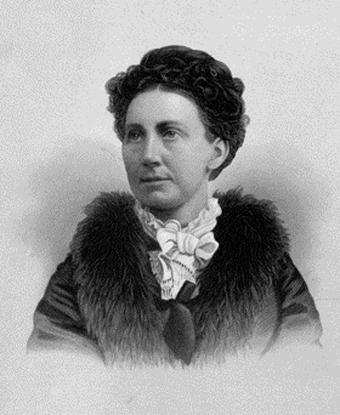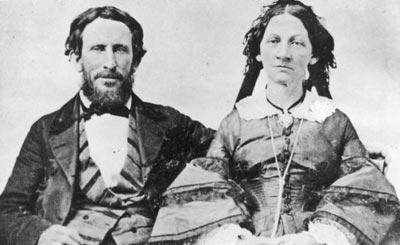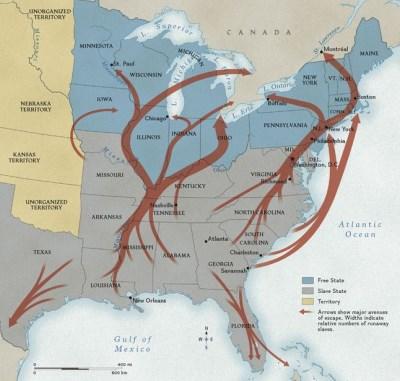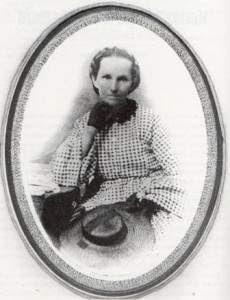Author and Newspaper Columnist Mary Clemmer Ames gained national notoriety as a Washington correspondent by attacking politics in the Gilded Age (1870s-1900). Despite her success as a journalist, a mostly male occupation, Ames supported the nineteenth century ideal that a woman’s proper place was in the home. Early Years Born May 6, 1831 in Utica, New York, Mary Clemmer was the eldest of a large family of children of Abraham and Margaret Kneale Clemmer. Her father’s ancestors were Alsatian Huguenots and her mother emigrated to Utica from the British Isle of Man. In 1847 the Clemmer family moved to Westfield, Massachusetts where Mary attended the Westfield Academy, but her family’s financial woes ended her education.




